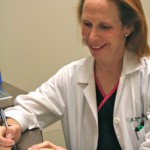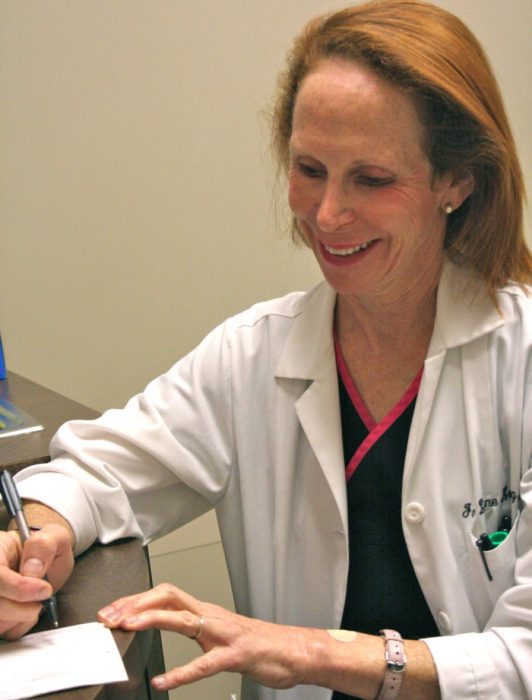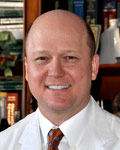The Lice Conundrum: Dr. Herzog’s Advice
Today’s post is just in time for back-to-school. Although the subject of lice isn’t a pleasant one, being forewarned is being forearmed. I am reposting Dr. Herzog’s “lice advice” from last year in hopes that might help someone as the new school year begins.
Dr. Jo Herzog
LICE: Not THAT letter again!
School is back, and so are the carpool lines, homework assignments, after school activities, and notes from the principal, the PTO, the teacher, and the room mother. All of these are fine, but the one thing we parents dread is THAT letter–the one from the school nurse.
Most letters from the school nurse will not contain good news. At best, the note will say that someone in the class is deathly allergic to peanuts and we must change our diet staple from peanut butter sandwiches and crackers to cream cheese and jelly. Those, I can deal with.
On the other hand, the most dreaded note is the one that makes me itch as soon as I am finished reading it. We have found someone in your child’s class that has lice. Please check your child’s head before sending him to school. The letter also might contain some information that I would beg to differ with and will go over that in this post. I will not go over the life-cycle of lice, as that can easily be found elsewhere, and I prefer discussing their death.
Looking for lice: lice are about the size of a sesame seed and can be gray, beige or brown/red in color. They move fast but do not hop or jump. The nits (eggs) are tiny and white. They are stuck on hairs close to the scalp and do not flick right off (as do flakes from dandruff). The best places to look for nits are at the base of the scalp and above the ears.
If you check your child’s head and find nothing: Although you might breathe a sigh of relief, don’t get too comfortable unless you make sure that your child knows preventive measures. Although lice travel best from head to head, there are other ways that transfer can occur. If your child throws his coat, backpack, or hat into a pile with other kids’ items, lice CAN travel on these items.
Unless you get in touch with the teacher or someone at the school, these things might be happening and exposing many kids to lice. Some parents spend a lot of time and money getting rid of a child’s lice, only to have that child get them again a few weeks later. Do all that you can to institute measures of prevention. Make sure that your child knows NOT to do any of the things that I mentioned earlier.
If your child has lice: Do not panic, as it is no more than a lot of work and a bit of an expense. Be aware that some medicines kill nits and some do not. You certainly want to get as many nits out as possible, so ask the pharmacist which medications are most effective.
There are several non-prescription ways to treat head lice. The traditional methods such as Rid and Nix have been used for years with generally good results. There are myriad non-traditional approaches as well. One example is “The Nuvo Method” of treating lice, which uses Cetaphil Gentle Skin Cleanser, a widely known soap-free cleanser for people with sensitive skin. Information on this method can be found at nuvoforheadlice.com.
New medications are also available, including some oral drugs, that a doctor can prescribe; however, going to the doctor for lice is not usually necessary.
Regardless of which treatment you use for lice, always be sure to read the instructions first, as many must be applied to DRY hair. Repeat in 7 to 10 days as directed.
After using a lice shampoo, you can use a rinse that loosens nits, or you can rinse with a vinegar solution (one cup of vinegar to a quart of water), but neither is essential. The essential thing is that you get a good nit comb, preferably metal, which I think is best. Get out all the nits that you can, as some might hatch. Even those that won’t hatch might still get your child sent back home from school. Some schools have no nit policies, but the American Academy of Pediatrics does not believe that children should miss school because of lice. Also, having nits does not mean that a child is infectious.
Most schools do not typically recommend treating the entire family if a child has lice; however, I beg to differ. If one child in a family has lice, it is likely that another family member has it as well. It may take awhile before lice is detected on other family members. For this reason, I recommend treating the entire family and being done with it.
If you still find live lice after following these instructions, you might need to call your doctor and get a prescription treatment. (There are lice that are resistant to the over-the- counter treatments.)
A wonderful line of products that can repel lice is made by Fairy Tales Hair. Their website, fairytaleshaircare.com, shares information about lice and offers a variety of products that I highly recommend and keep in my own household. Fairy Tales can be purchased on %20″>amazon.com.







Thank you for your comments, Dr. Mitchell. If we parents stay better informed, it certainly makes the job of teachers and principals much easier. Dr. Herzog’s advice was informative, and I feel better equipped to handle it if I get the letter that we all dread:-)
Thank you for the informative piece on lice. From the perspective of a school principal, preventive measures cannot and should not be taken for granted.
Hopefully, parents and guardians will follow your advice.
Dr. D. H. Mitchell